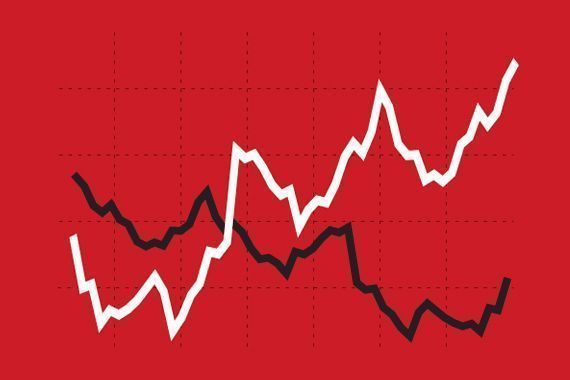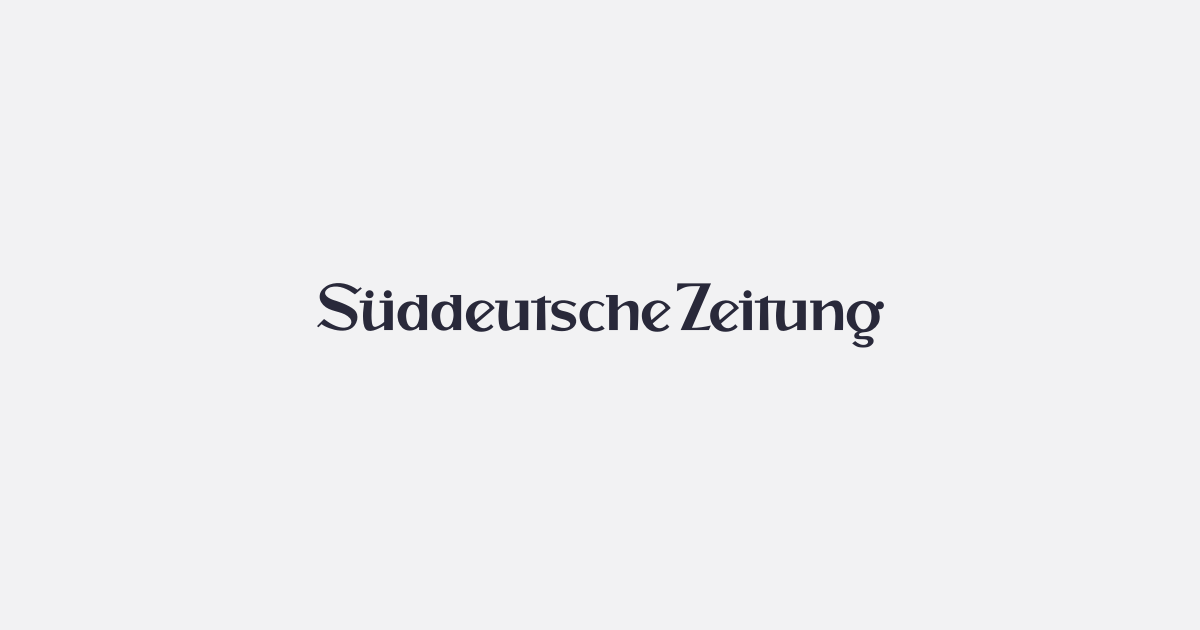Here is a selection of announcements that have moved (or will move) the prices of these companies:
(Come back to read us from time to time
so as not to miss an update)
The Cannabis Producer Hexo (HEXO.TO, 0.71) says it expects to reduce its selling, general and administrative expenses by about 30% by the end of fiscal 2023 thanks to its new strategic plan. The Gatineau company says its plan, which was unveiled last month amid mounting debt and its founder leaving the company, will provide about $175 million in cash over the next two fiscal years. Hexo calculates that the plan will generate incremental cash flow of approximately $37.5 million in fiscal 2022 and an additional $135 million next year. It plans to achieve these goals by moving away from co-packing agreements and using its in-house production capabilities. Hexo intends to reconfigure its production network to achieve greater efficiencies. In particular, it intends to move the production of vaporizers and distillate to a facility recently obtained during the acquisition of Redecan for $925 million. The company also announced that it had sold its 25% stake in Belleville Complex to Olegna Holdings for approximately $10.1 million, but would continue to lease the facility.
Barrick Gold (ABX.TO, $25.11) released preliminary results on Wednesday showing production of 1.2 million ounces of gold and 126 million pounds of copper for its fourth quarter. The gold company also said it sold 1.23 million ounces of gold and 113 million pounds of copper during the quarter. The average market price for gold reached US$1,795 per ounce in the most recent quarter, while that of copper was US$4.40 per pound. For the full year 2021, Barrick produced 4.44 million ounces of gold, which was within its guidance range of between 4.4 million and 4.7 million. ounces. Preliminary copper production came in at 415 million pounds for 2021, compared to guidance of between 410 million and 460 million pounds. Barrick Gold is due to release its full quarterly results, as well as those for the full year, on February 16.
The American merchant bank Morgan Stanley (MS, $96.01) beat expectations in the fourth quarter. The establishment posted a net profit of 3.6 billion US dollars for the period ended December 31, up 10%, with sales up 7% to 14.52 billion US dollars. Morgan Stanley investment bankers continued to generate strong revenue, up 6%. The turnover generated by wealth management for its part rose by 10%. The bank’s brokers slowed down their activities a little (-6%), but especially on the side of exchanges of fixed income financial products (-31%). Income from share trading rose 13%. At the same time, Morgan Stanley reduced its expenses by 2% over the quarter, thanks in particular to the 7% drop in the sums paid for the remuneration of its employees. Over the year as a whole, salary expenditure increased by 18%, showing a marked increase as for its competitors. Its net profit soared 39% to US$14.57 billion, with revenue up 23% to US$59.76 billion.
Bank of America (BAC, US$46.88) posted a 30% increase in profit in the fourth quarter. The establishment saw its turnover climb by 10% over the period, to 22.06 billion US dollars, while its expenses increased by 6%. Revenues from its asset management and business advisory businesses hit a record high. Net interest income increased by 11% thanks to the increase in customer deposits. The total amount of loans granted by the bank increased by 6%. The group also continued to attract new customers, recording a net increase of 901,000 new current accounts and 525,000 investment accounts in its retail banking division. Its net profit reached US$6.77 billion in the fourth quarter. Reported per share and excluding exceptional items – the benchmark on Wall Street – earnings were posted at 82 cents, above the 76 cents expected. Over the full year, Bank of America posted record earnings of US$30.6 billion, up 86%. On a per share basis and excluding exceptional items (US$3.57), it also exceeded expectations. Its turnover rose by 4% to US$89.11 billion.
Airbus (AIR.PA, €114.66) will recruit around 6,000 people in the first part of 2022 and will reassess its needs during the year in order to support the ramp-up of its production after the COVID-19 crisis. 19, the European aircraft manufacturer announced on Wednesday. These hirings, which will be made worldwide, concern all the activities of the group (commercial aircraft, defense and space, helicopters), affirms the group in a press release, without specifying the number of recruitments by country. The paralysis of air traffic at the start of the pandemic had plunged the aeronautics sector into a violent crisis, leading Airbus to reduce its rates by 40% from April 2020 and to announce 15,000 job cuts. In the end, the number of group employees fell from 135,000 at the end of 2019 to 126,000 on September 30, 2021, the last figure available. The 6,000 planned hires are justified by the “strong signs of recovery in the aerospace industry” after the pandemic and the need to “prepare the future of aviation and put in place the roadmap for decarbonization” of the air. A quarter of the planned recruitments will be for “new skills” related to decarbonisation, digital transformation and cybertechnology.
–


